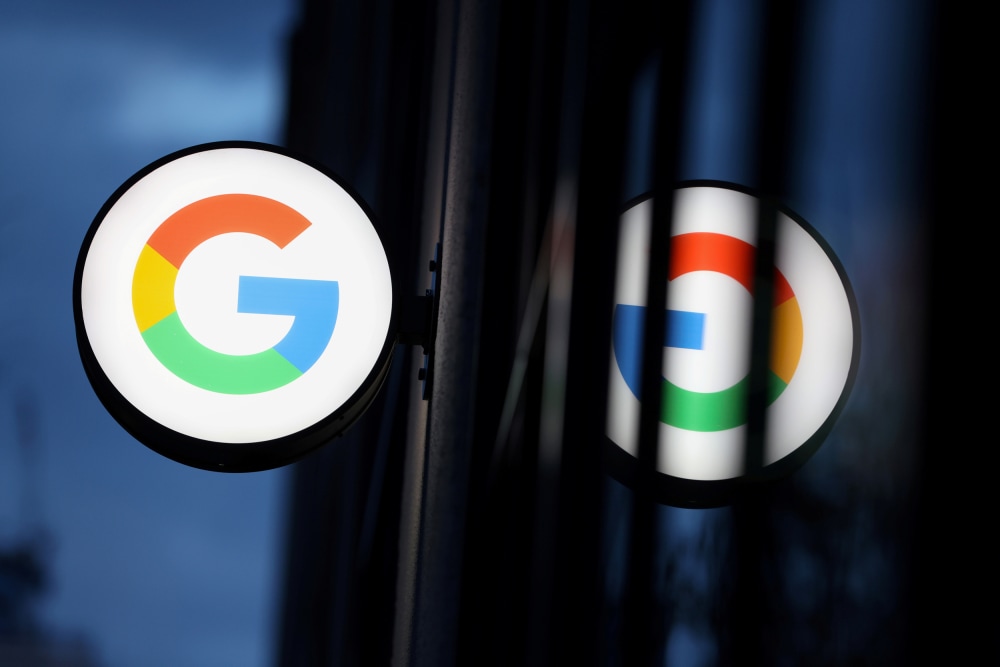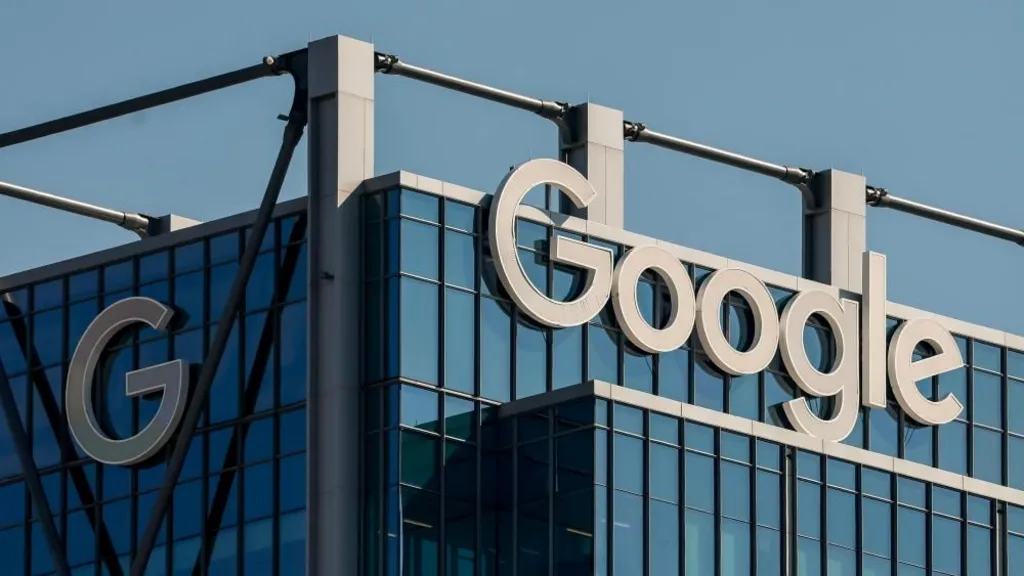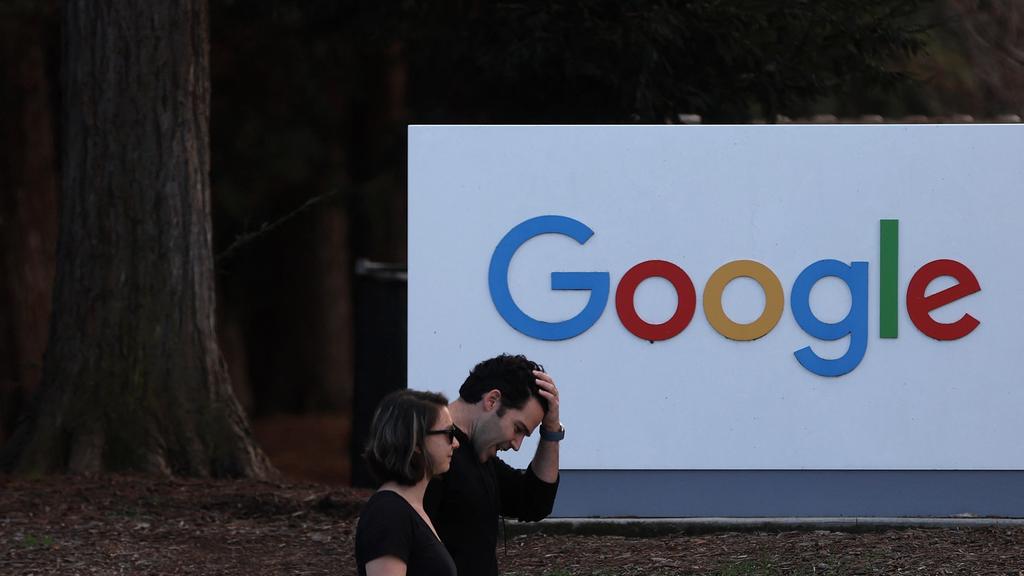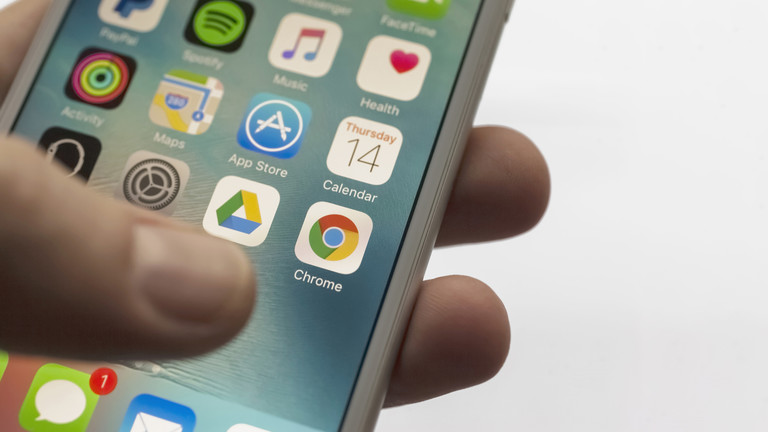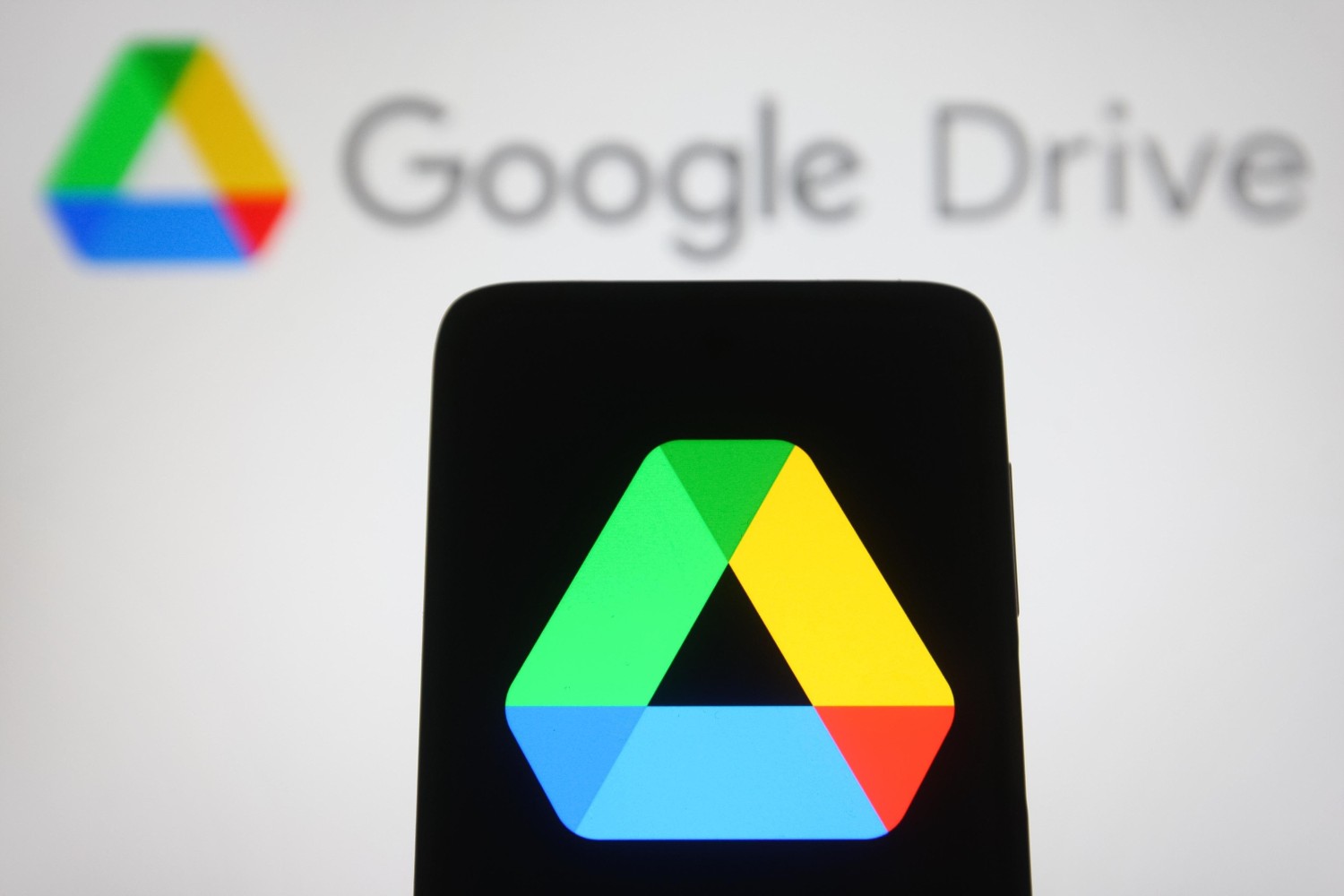
This article is more than
7 year oldThe Pixel 3 wasn’t just beaten by Apple’s iPhone XS in this speed test, it was demolished
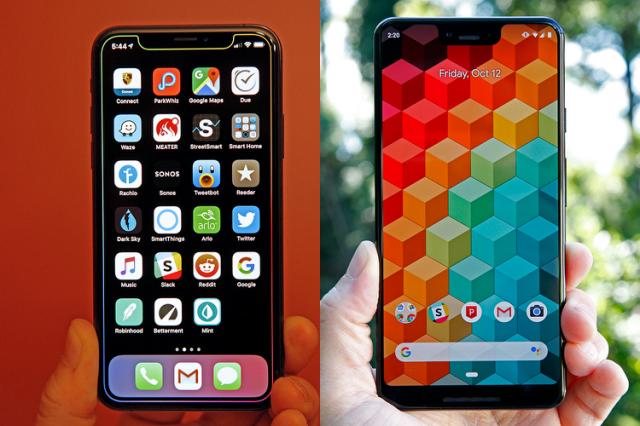
I opened my in-depth Pixel 3 review by wondering exactly what Google’s strategy is with its Pixel phones. Google devotes as much time and other resources to developing its flagship phones as other top vendors, and yet Pixel sales are consistently far lower than rival flagships for a few important reasons. Among them are the facts that Google insists on entering into exclusive agreements with Verizon in the US, and that global availability has been limited. For those reasons and more, Google sells fewer Pixel phones over their lifetime than Apple sells iPhones in a single opening weekend.
I also questioned the timing of Google’s Pixel phone launches, which have in the past taken place each October. Many have posited that Google’s Pixel lineup is intended to showcase the best of what Android has to offer, and yet new phones are released at the end of each processor cycle. Google’s Pixel 3 and Pixel 3 XL just launched with the Qualcomm Snapdragon 845 chipset, and yet the first phones with the new 7nm Snapdragon 855 SoC are mere months away. This time around, however, things are even worse than usual for two reasons. First, the number 2 smartphone vendor in the world, Huawei, has already released new phones that pack powerful next-gen 7nm chips. Second, the Pixel 3 and Pixel 3 XL appear to suffer from an issue that is seriously hindering performance.
Don't Miss: This best-selling $38 security camera has features a $200 Nest Cam can’t even dream ofWhen Apple’s iPhone X, iPhone 8 Plus, and iPhone 8 first launched last year, they instantly because the most powerful smartphones on the planet. Every new iPhone instantly becomes the most powerful smartphone on the planet when it’s first released. As powerful as last year’s new iPhones were, however, they weren’t the fastest smartphones on the market for the first three quarters of 2018 because iOS 11 was plagued by serious RAM management issues that caused problems. Now, it appears as though something similar is happening with Google’s new Pixel phones.
There have been rumblings on Android blogs suggesting that the new Pixel 3 and Pixel 3 XL suffer from memory management issues that slow down certain functions. Different evidence has been offered up in the past to support that theory, but the best evidence yet may have just presented itself in the form of a new speed test.
YouTube channel “PhoneBuff” is one of many that produce real-world speed tests that look to show how two phones compare when it comes to speed during regular usage. These tests aren’t remotely scientific, but PhoneBuff’s has always been the best. In a nutshell, a series of apps are opened in succession on two different phones to see how fast they load, and then they’re all opened again in the same order for a second “lap” to see how quickly they’re recalled from memory. Following some preliminary speed test results that were posted by other YouTubers on Monday, PhoneBuff has now shared the results of his own showdown between the Pixel 3 XL and the iPhone XS Max.
We all know Apple’s new iPhones are more powerful than the Pixel 3 and Pixel 3 XL, but many people expected the results of these tests to be as close as they are with other phones powered by the Snapdragon 845 chipset. Sadly, that’s not the case at all. We typically try not to spoil the results of these tests too badly, but in this case we can’t help it. The iPhone XS Max didn’t just beat Google’s new Pixel 3 XL in the speed test, it completely wiped the floor with it. In fact, Apple’s iPhone beat the new Pixel phone by more than one minute, which is a margin that’s unheard of.
The Pixel 3 XL and iPhone XS Max line up very well on paper in terms of specs. They both have 4GB of RAM, 64GB of storage, similar display sizes and resolutions, and the latest versions of their respective operating systems. The similarities end there, however, because the Pixel 3 XL is clearly no match for Apple’s iPhone XS Max when it comes to performance. You can check out the full speed test embedded below.
BGR Top Deals:
- This best-selling $38 security camera has features a $200 Nest Cam can’t even dream of
- This $80 smartwatch is better than the Apple Watch Series 4 in four key ways
Trending Right Now:
